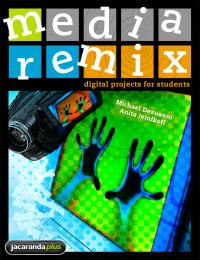I believe that media education can learn a lot from Michel Foucault's theories about the relationship between young people and the media and the manner in which media education should aim to intervene in that relationship.
Foucault's theories would suggest that rather than being the victims of a power hierarchy, young people actively produce power that contributes to discourses circulating in society. This has a number of consequences:
- their actions and decisions contribute to existing power relations in society, of all types, including those utilised to exploit and control others.
- although young people "produce" power, the system of power relations cannot be "escaped" - it is culture as it exists and young people cannot learn to step outside that system to challenge it.
- however, because they activity produce power, they can also be involved in challenging unethical power relations from within the system of relations.
Media education might have the following roles to play:
- to help young people to recognise when power is being used to exploit or control through techniques which aim to "discipline" individuals in relation to their performative identities. For example, the media can be used as an instrument of "discipline" that aims to make certain behaviours and actions hegemonic. For example, advertising is part of a system of discourses that aims to make consumption hegemonic.
- to provide young people with opportunities to experiment with their performative identities in an environment which is as free from regulation as possible. Students should feel safe in such an environment and diversity and creativity should be celebrated.
- to provide alternatives and variation to young people so they can experience examples of media, and think about media in new and provocative ways.
The great challenge with all these approaches is to design curriculum that doesn't simply reinforce existing power relations. Genuine, imaginative learning experiences must be designed.
C.S. Lewis on writing
4 weeks ago







